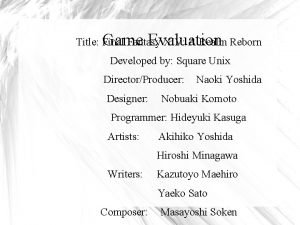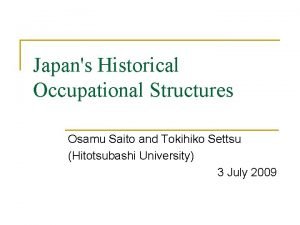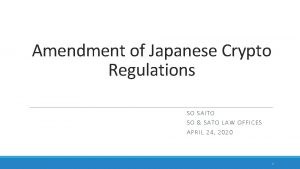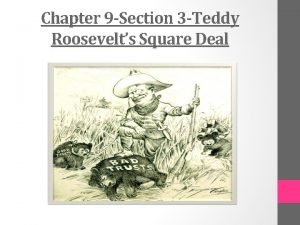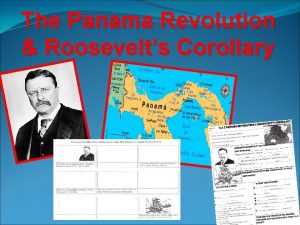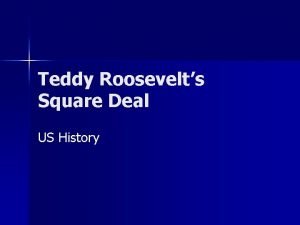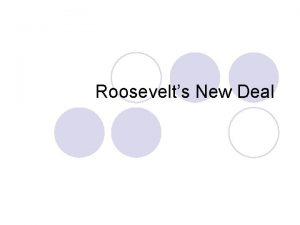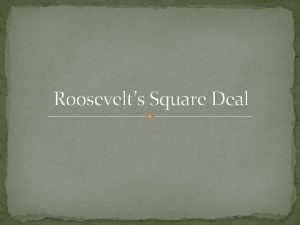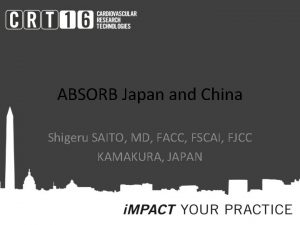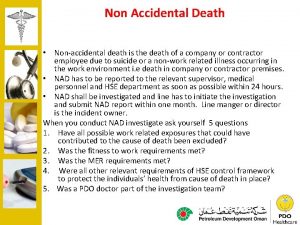Roosevelts Policy toward Japan Death of Hiroshi Saito







- Slides: 7

Roosevelt’s Policy toward Japan • Death of Hiroshi Saito – Japanese ambassador in the USA. Roosevelt’s decision to return Saito’s ashes to Japan. • Japanese government considers this step as a desire to restore good relations with Japan. • Roosevelt’s order to American navy not except any gifts and avoid any official events. • Roosevelt establishes economic sanctions against Japan. • Roosevelt’s dual policy toward Japan in 19391941.

Hull-Nomura Negotiations • Beginning of talks between Cordell Hull – US Secretary of State – and Kichisaburo Nomura – new Japan ambassador in the USA. • Four major issues of talks: 1. American economic opportunity in China and Manchukou; 2. Question of Japanese troops disposed in China; 3. Japan’s neutrality in the event of American entry in European war; 4. American recognition of Manchukou.

Hull-Nomura Negotiations • Americans agreed on point #4 and Japanese were ready to agree on points #1 and #3. • Japanese initial intention to keep troops in China for 25 years, American objection. • Japan changes its initial proposal and offers Americans to remove 90% of Japanese forces in China in two years with a possible withdrawal of them. • Americans reject this offer and ask Japanese to withdraw all the troops from China in one year.

The Soviet-Japanese Pact – April 13, 1941 • Matsuoka’s – Foreign Minister of Japan – visit to the USSR and Germany. • Negotiations with Stalin and Molotov. • Negotiations with Hitler and Ribbentrop. • Yosuke Matsuoka in Moscow again. • Decision to sign non-aggression pact with the Soviet Union. • Soviets recognized Manchukou and Japan Mongolian People’s Republic.

Japanese Plans • Two opposing groups in Japanese government. • Hideki Tojo becomes the Prime Minister of Japan. • Stalin’s intention to instigate Japan attack on the USA. His orders to Beria. • Japanese government decides to thrust in Southern direction – on Americans.

Roosevelt’s Expectations • Roosevelt’s wish to enter the Second World War. • Who was Israel Plaks? • The last phase of Japanese-American Negotiations: American ultimatum to Japan – withdraw troops not only from China, but from Manchukou too. • Japanese government sets the date for attack on Pearl Harbor. • US encoders got information about the date of future thrust, but not the place.

Pearl Harbor – December 7, 1941 • Possible strike on Pearl Harbor – completely impossible from American point of view. • The US fleet in Pearl Harbor. • Radars fixing planes, but officers thought they were American. • Air thrust on Pearl Harbor. • Results of “Operation Z”: 7 of 8 major battleships – Arizona, Oklahoma, California, West Virginia, Maryland, Tennessee and Pennsylvania – either sunk or badly damaged.

